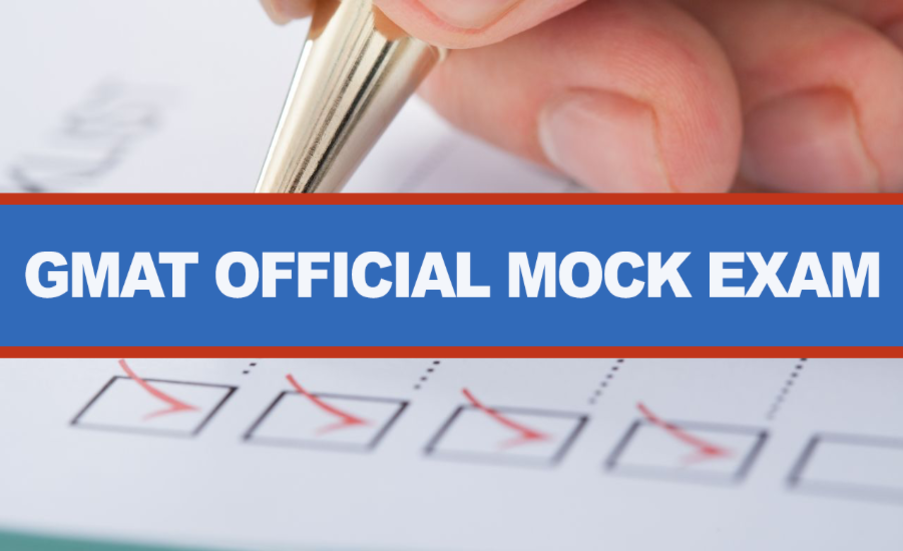
Strategies for Success on the GMAT Official Mock Exam
The Graduate Management Admission Test (GMAT) is a crucial step for those aspiring to pursue a graduate business degree, such as an MBA. The GMAT Official Mock Exam serves as a valuable tool to assess one's readiness for the actual test. Developing effective strategies to approach the GMAT Official Mock Exam is essential for achieving optimal results and gaining insights into areas that require improvement. Understanding the GMAT Structure: Before delving into specific strategies, it is crucial to have a solid understanding of the GMAT structure. The exam consists of four sections: Analytical Writing Assessment (AWA), Integrated Reasoning (IR), Quantitative, and Verbal. Familiarize yourself with the time allotted for each section and the question types within them. Time Management: Time management is a key factor in GMAT success. Allocate specific amounts of time for each section based on its weight in the overall score. Practice answering questions within the given time constraints to build a sense of pacing. Strive for balance, ensuring you neither rush through nor spend too much time on a single question. Prioritizing Strengths and Weaknesses: Identify your strengths and weaknesses in each section during practice tests. Prioritize your study efforts by focusing on weaker areas. While it is essential to maintain proficiency in all sections, targeted improvement can yield significant score enhancements. Mastering the Analytical Writing Assessment (AWA): The AWA section requires test-takers to analyze an argument and express their thoughts coherently. Develop a template for essay structure that includes an introduction, body paragraphs with supporting evidence, and a conclusion. Practice writing essays within the time limit to enhance both speed and quality. Effective Integrated Reasoning (IR) Strategies: The IR section assesses your ability to integrate data from multiple sources. Familiarize yourself with different question formats, such as graphics interpretation and two-part analysis. Develop a systematic approach to quickly analyze and interpret information, focusing on extracting essential details to answer questions accurately. Quantitative Section Techniques: For the Quantitative section, focus on understanding fundamental mathematical concepts. Strengthen your problem-solving skills and practice mental calculations to save time. Familiarize yourself with various question types, including data sufficiency and problem-solving, and develop strategies to tackle each efficiently. Verbal Section Mastery: The Verbal section tests critical reading, sentence correction, and reading comprehension skills. Practice active reading techniques to comprehend passages quickly. Develop strategies for identifying errors in sentence correction and answering questions based on comprehension passages efficiently. Adaptive Testing Strategies: The GMAT is an adaptive test, meaning the difficulty of questions adapts based on your performance. Understand the importance of each question, as more difficult questions carry higher point values. Approach the initial questions with precision, as they significantly impact the difficulty level of subsequent questions. Simulating Test Conditions: To enhance the effectiveness of the GMAT Official Mock Exam, simulate test conditions as closely as possible. Take the practice test in a quiet environment, adhere strictly to time constraints, and eliminate distractions. This will prepare you mentally and emotionally for the actual test day. Reviewing and Analyzing Results: After completing the GMAT Official Mock Exam, thoroughly review your performance. Analyze the types of questions that posed challenges and identify patterns in your mistakes. Adjust your study plan accordingly, emphasizing weak areas while maintaining proficiency in stronger ones.






Contrary to popular belief, Lorem Ipsum is not simply random text. It has roots in a piece of classical Latin literature from 45 BC, making it over 2000 years old. RichardClintock
Contrary to popular belief, Lorem Ipsum is not simply random text. It has roots in a piece of classical Latin literature from 45 BC, making it over 2000 years old. RichardClintock